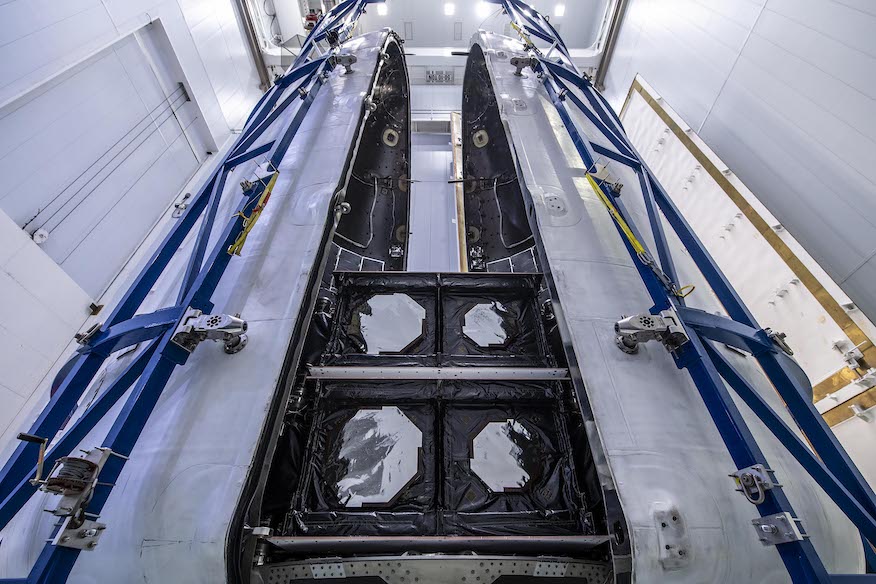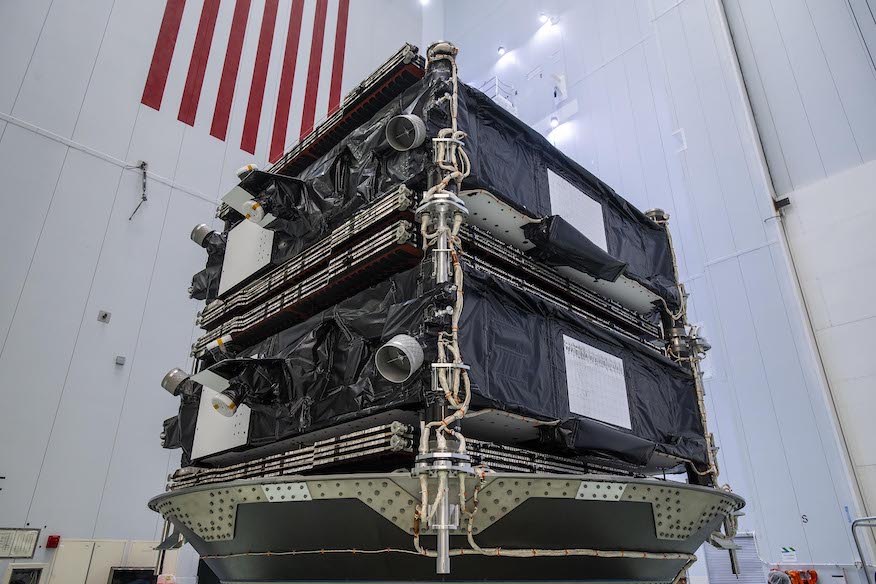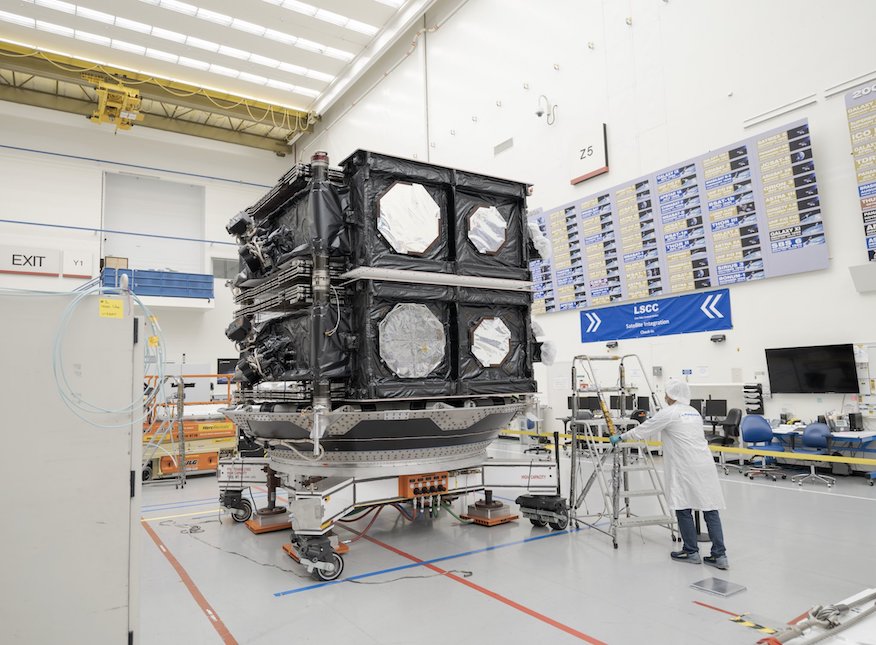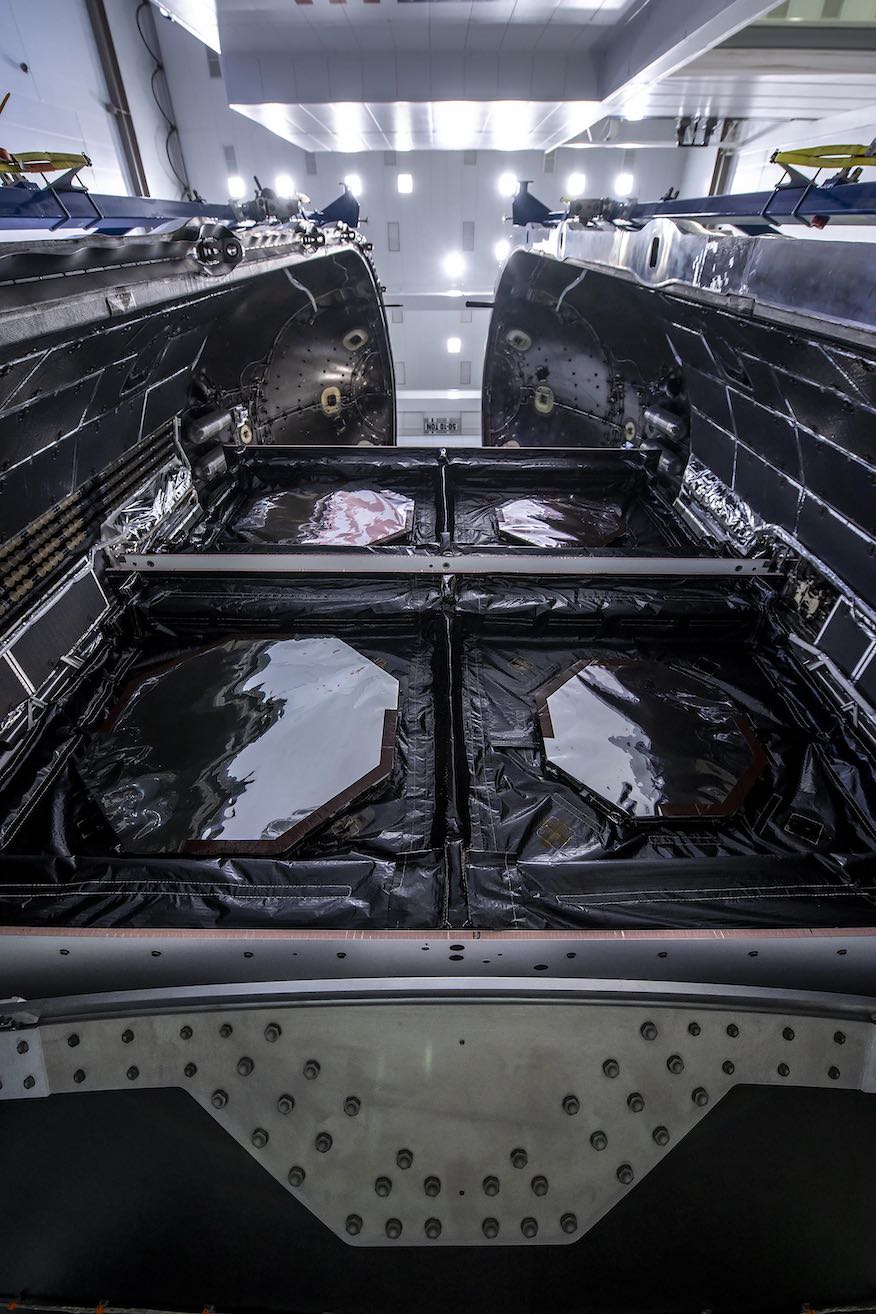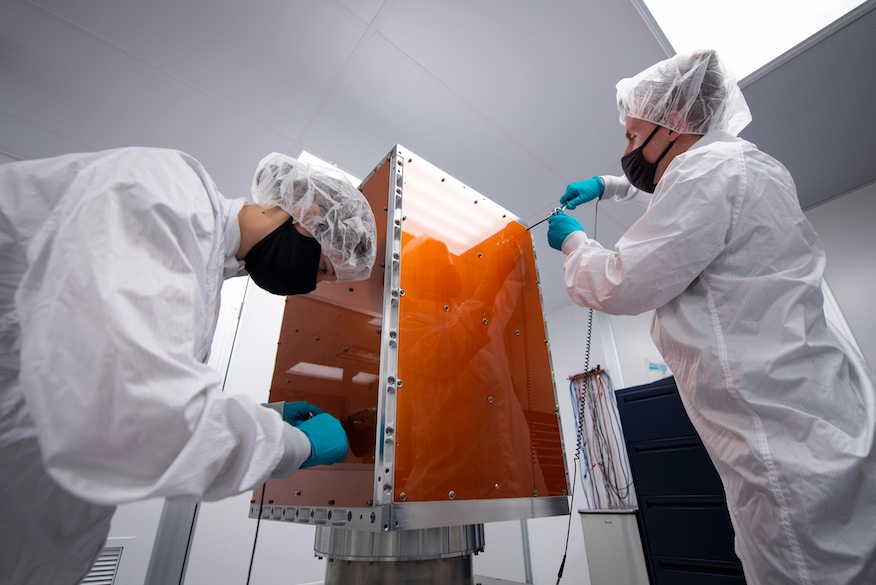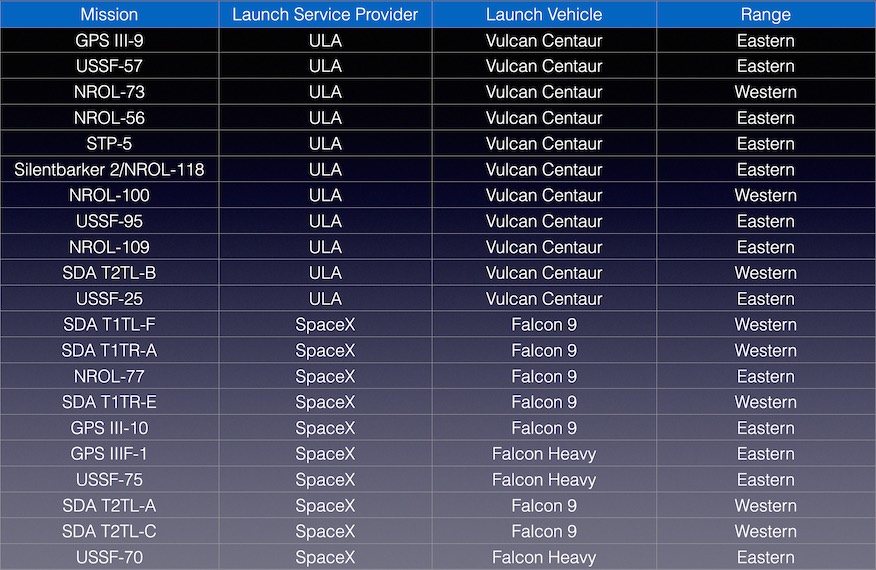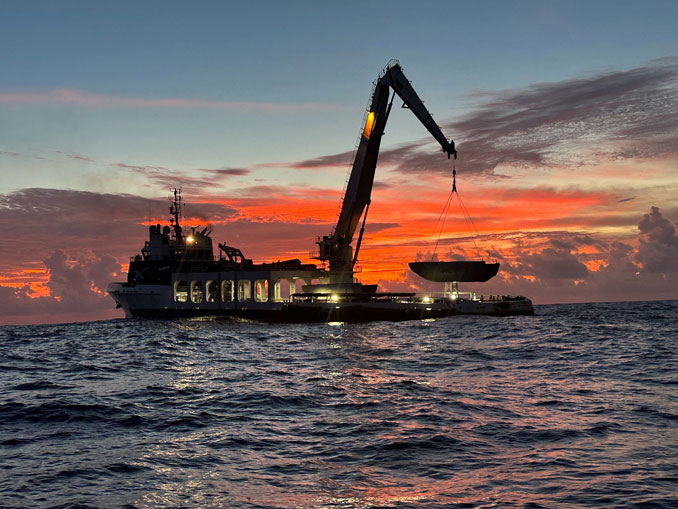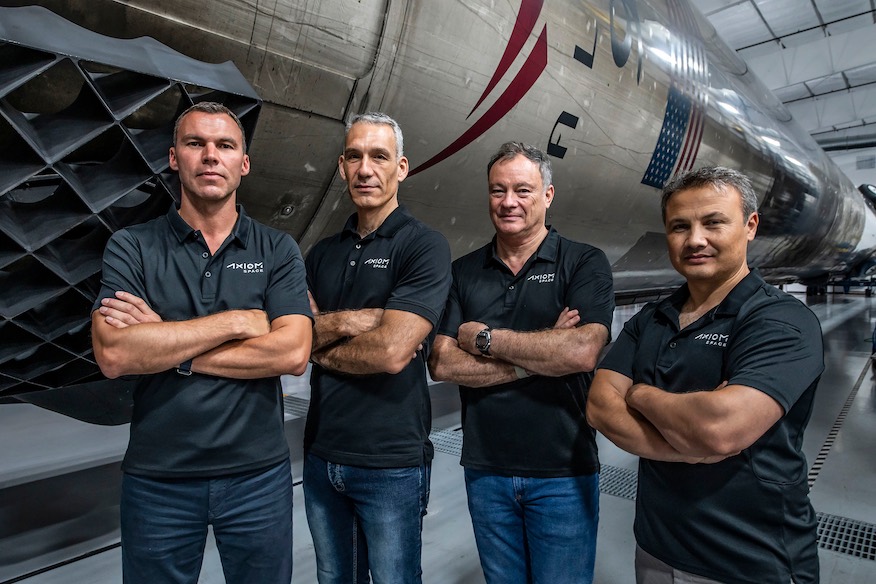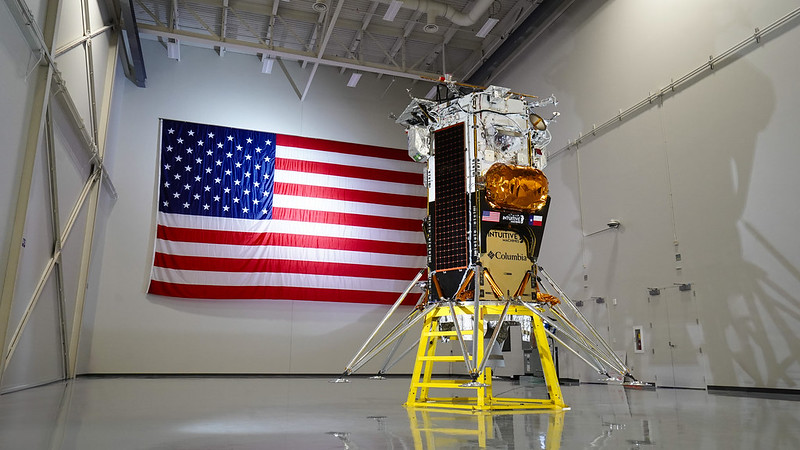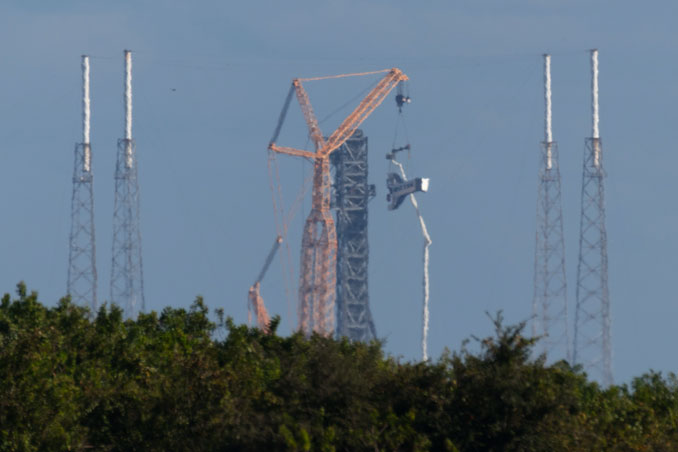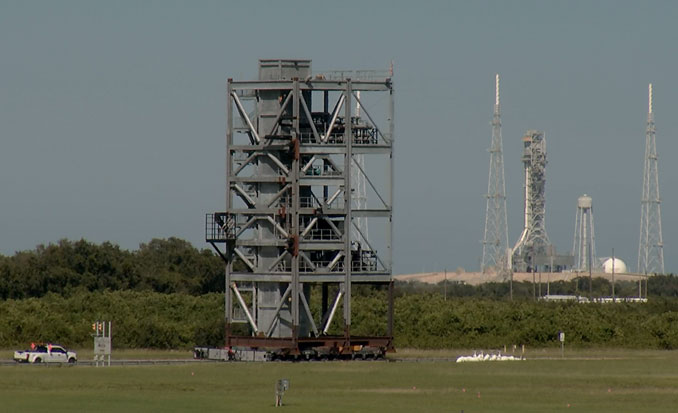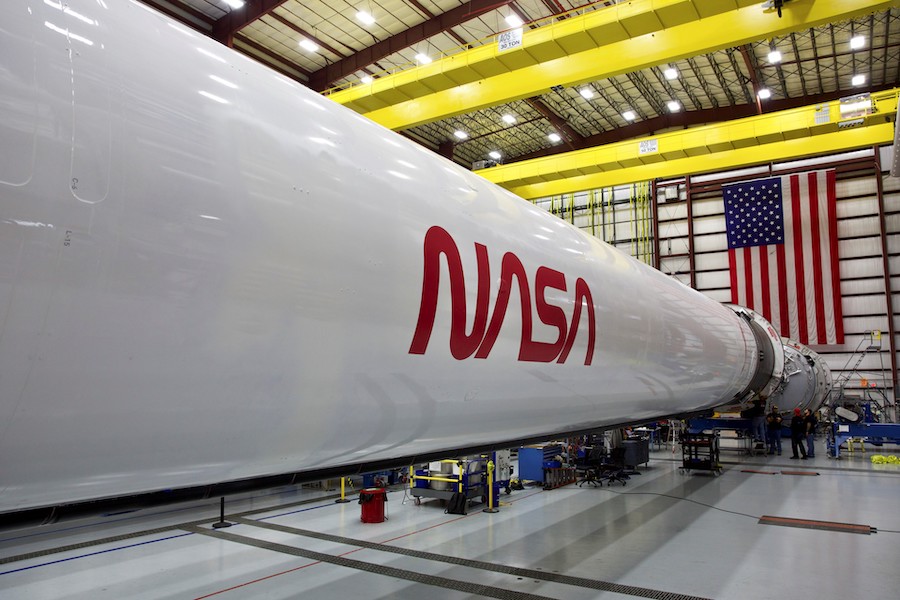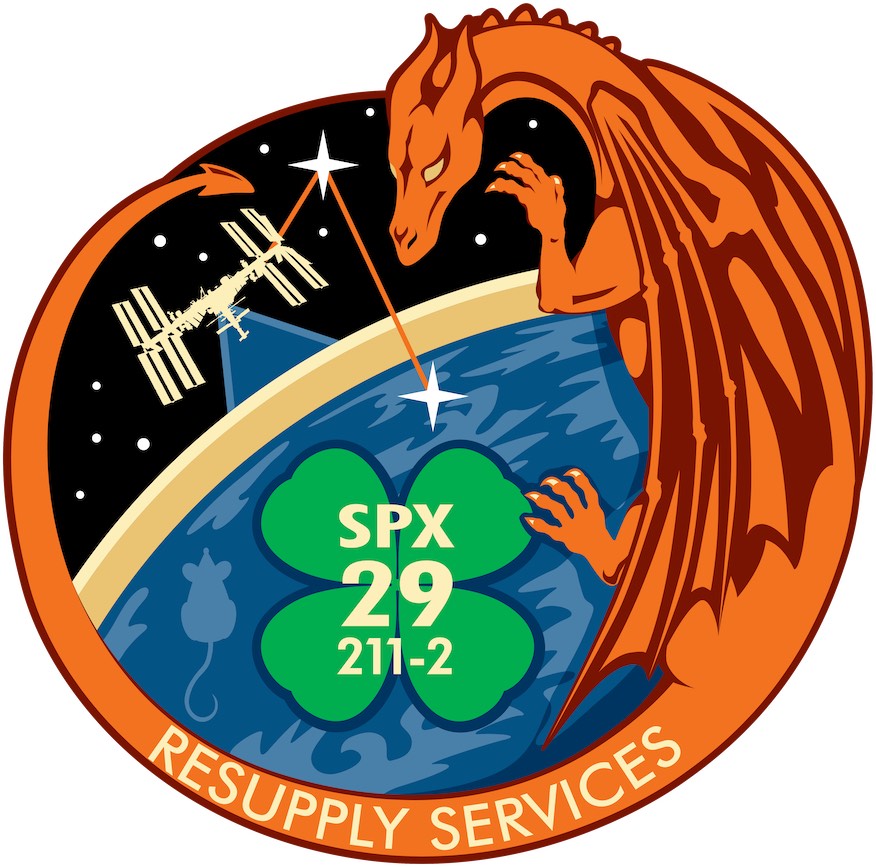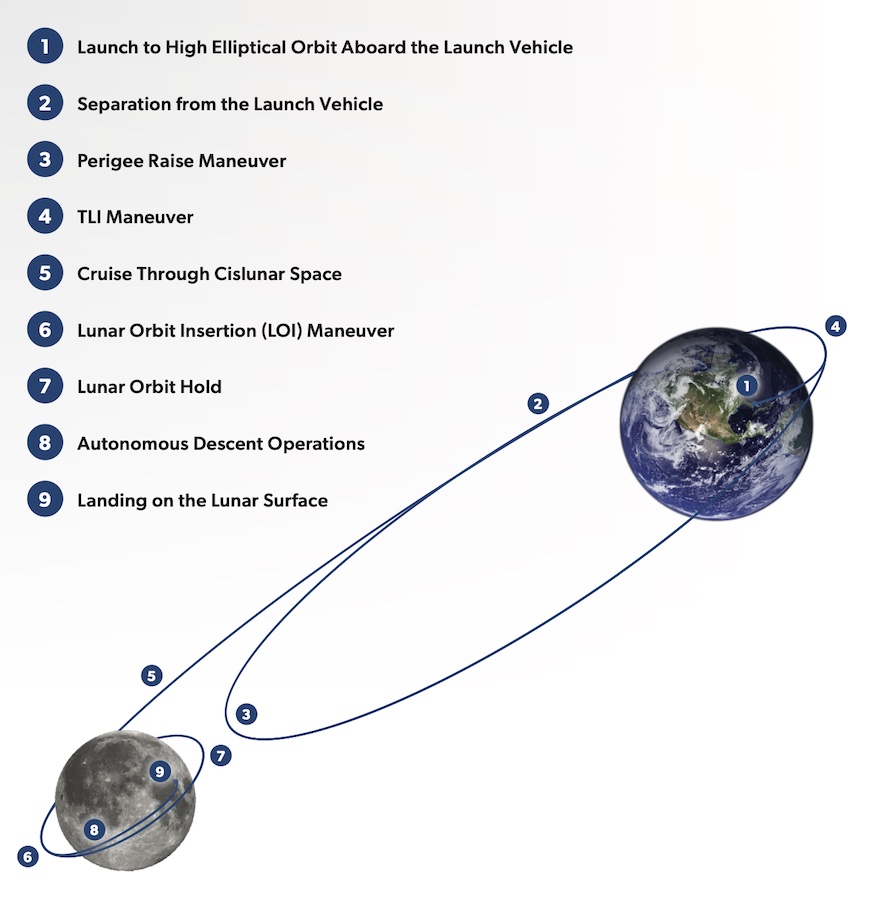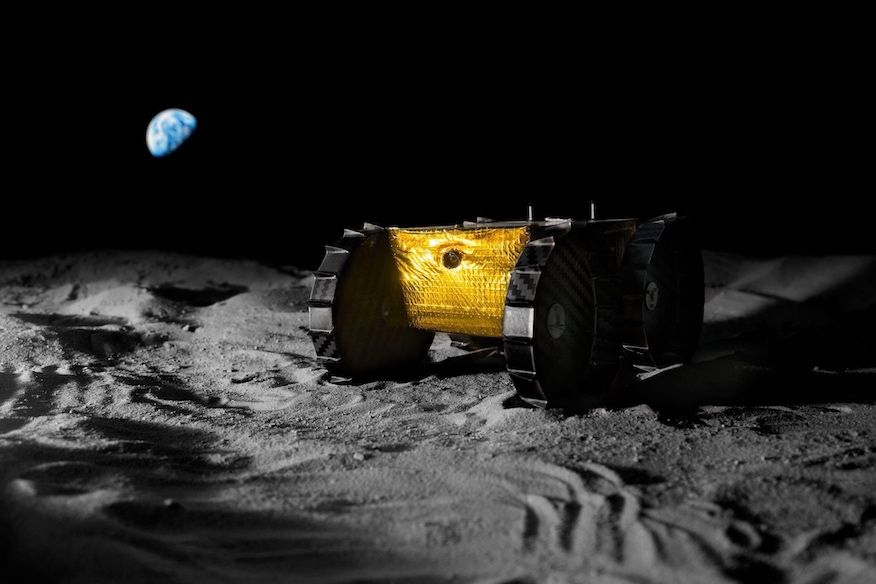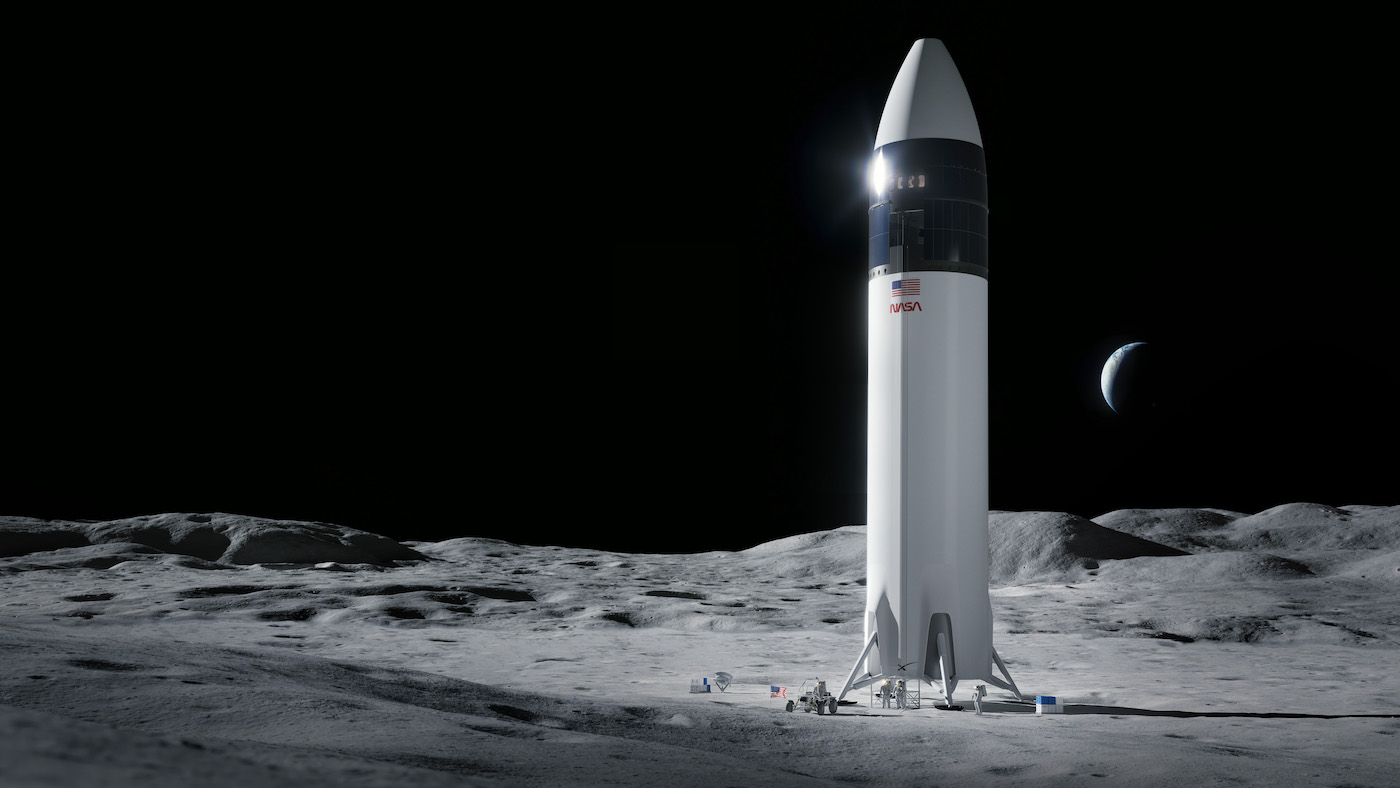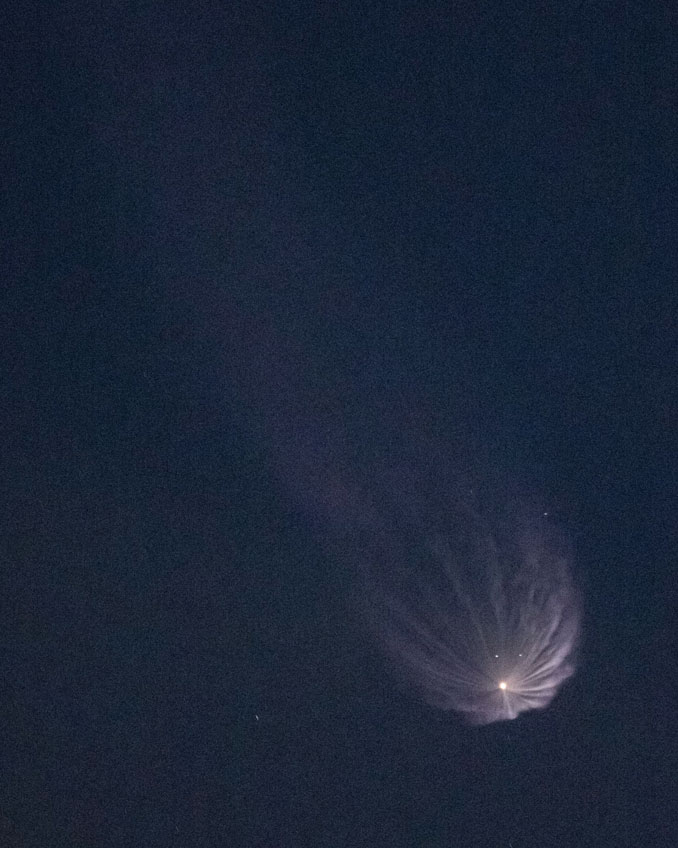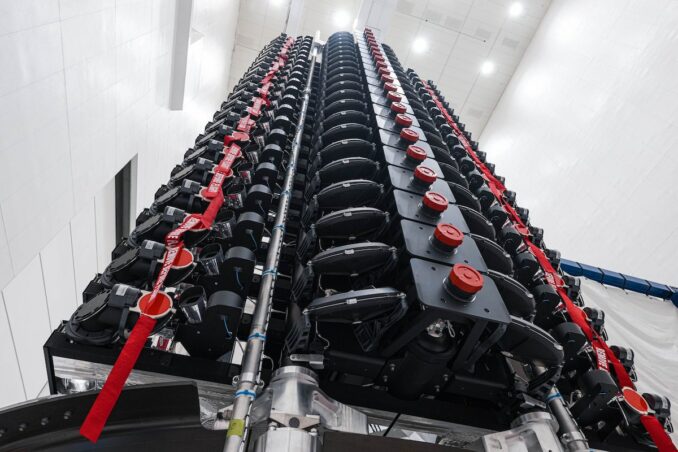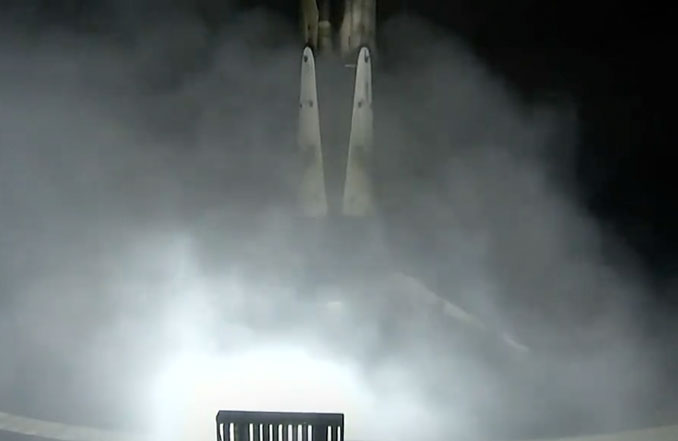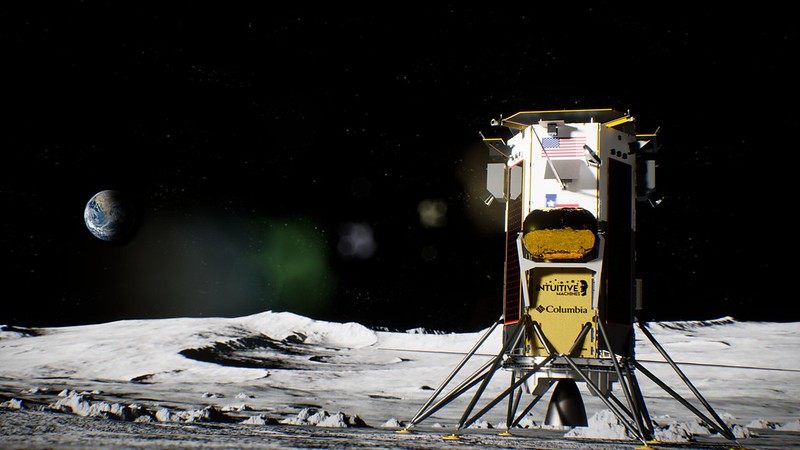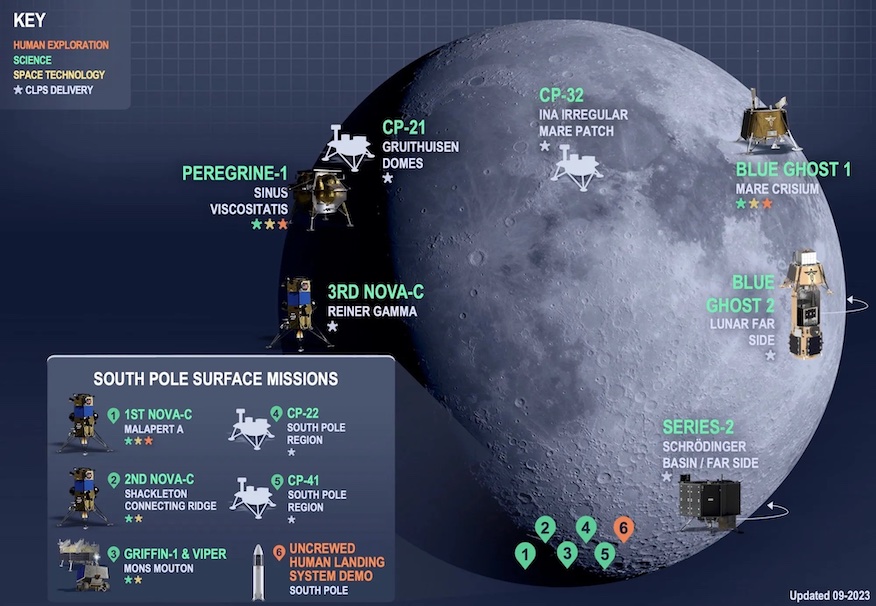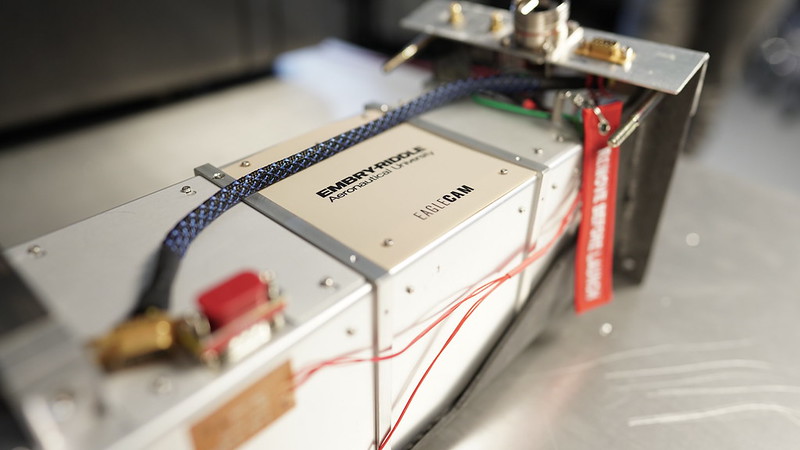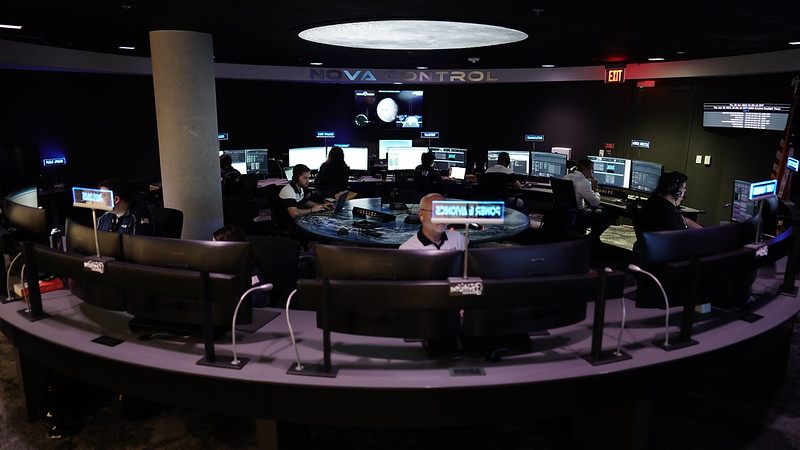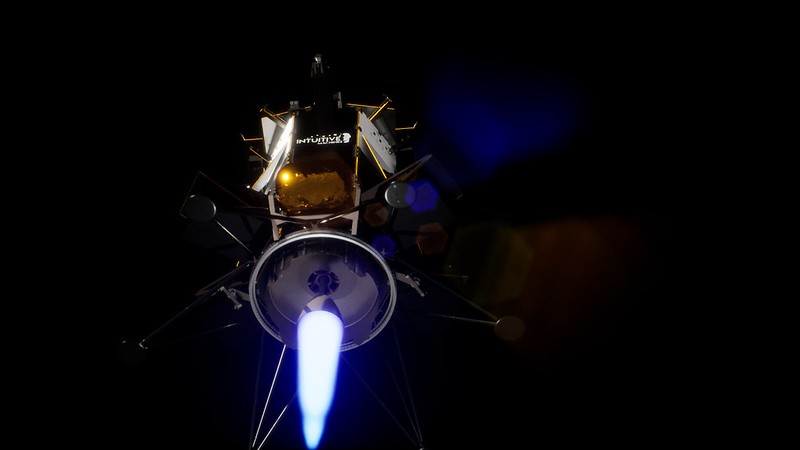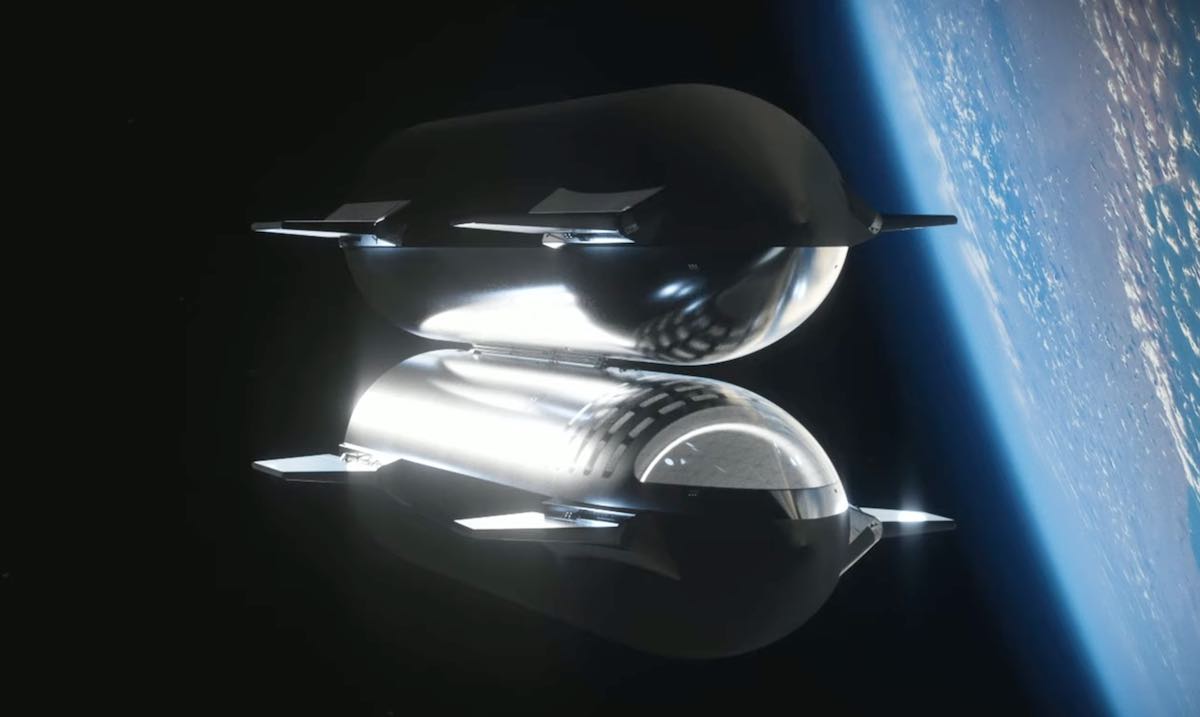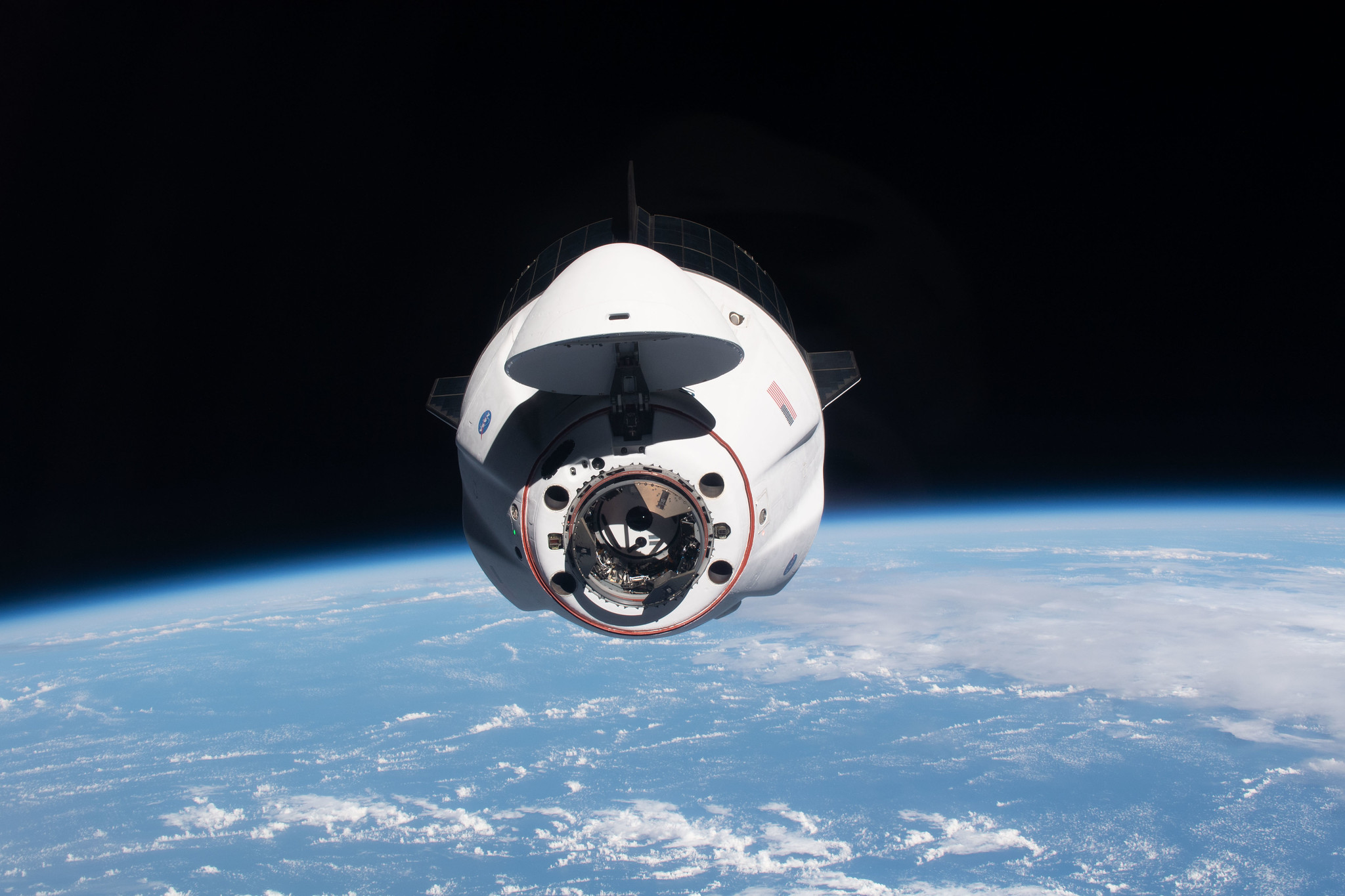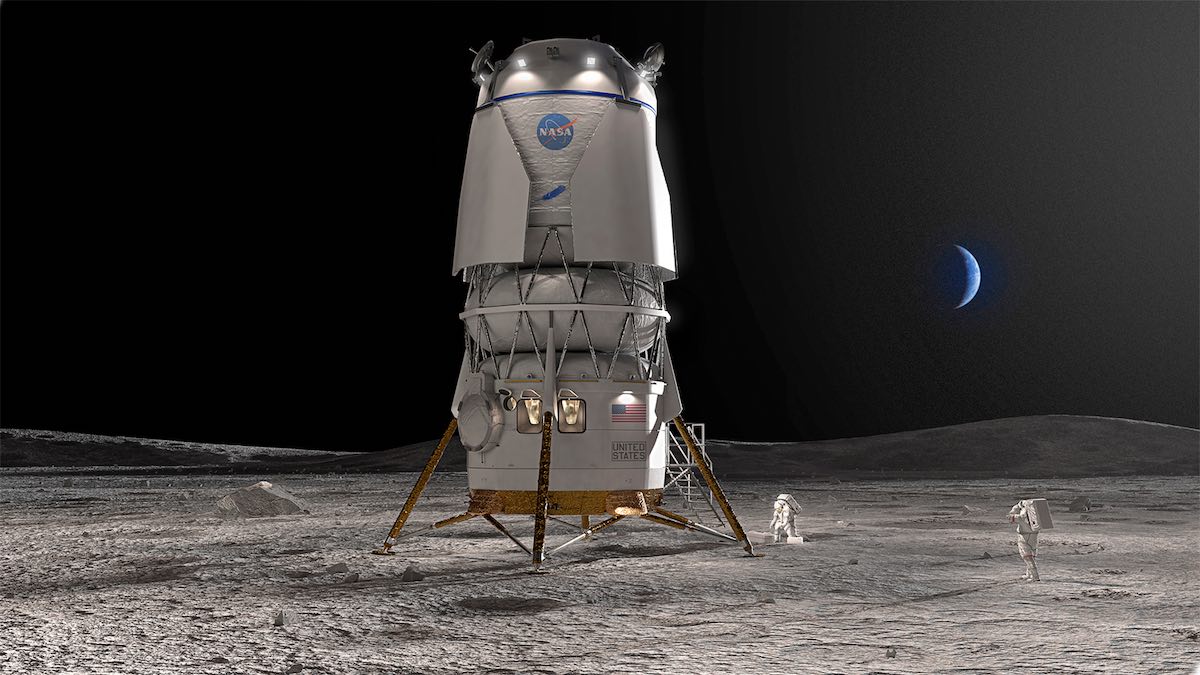A SpaceX Falcon 9 stands ready for launch on a Starlink delivery mission. Image: Spaceflight Now.
A Falcon 9 rocket is to launch tonight with another batch of satellites for SpaceX’s Starlink internet service. Liftoff from pad 40 at Cape Canaveral Space Force Station is planned for 11:15 p.m. EDT (0415 UTC).
The 45th Weather Squadron in a forecast issued Thursday, predicted a 60-percent chance of acceptable conditions for launch. After days of wet and windy weather, skies cleared briefly Friday before foggy conditions descended on the Space Coast after sunset. If necessary there are as many as six additional launch opportunities Friday night into Saturday morning. The last of which is at 2:59 a.m. EST (0759 UTC).
Spaceflight Now’s live coverage of the launch will get underway about an hour before liftoff. You can also watch 24-7 views of launch pads at the Cape in our Launch Pad Live stream.
The Falcon 9 is carrying 23 second-generation V2 mini satellites and will head on a south-easterly trajectory after launching from Space Launch Complex 40 at Cape Canaveral. Following stage separation, about two and half minutes into flight, booster 1069, which is making its 11th flight, will arc towards a landing on the drone ship “Just Read the Instructions” which will be stationed about 420 miles (675 km) downrange in the Atlantic east of the Bahamas.
It will be SpaceX’s 54th Starlink delivery mission in 2023 and the company’s 84th orbital launch of the year. If all goes according to plan, the satellites, will be released into orbit an hour and five minutes after liftoff. SpaceX announced early this year it had signed up over two million subscribers in more than 60 countries for its Starlink internet service.


